[ad_1]
Chrysanthemums burst into coloration in late summer time season by the use of frost, displaying in autumnal tones with pom poms that cheer on the season. An entire lot of varieties with completely completely different floral sorts and colors bridge the seasonal transition as completely different flowers fade.
Mums are longtime favorites for his or her floriferous present and versatile makes use of. They’re an easy-care perennial to develop year-round, with partaking foliage together with the autumn blooms. Hardy chrysanthemums (yard mums) present seasonal decor and lasting curiosity as thriving outdoors options and showy decrease flowers.
Beneath the cheerful blooms is a hidden power: chrysanthemums have pure defenses that deter and administration pests. With a bonus like this, there’s all the further objective to beef up the mum present this fall!
Chrysanthemum Overview
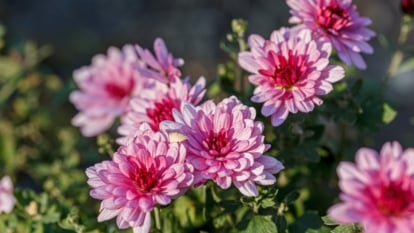

The flowering gems have a protracted yard historic previous. Cultivated in China as many as 2000 years up to now, they began as an ornamental, culinary, and pure alternative to ease positive diseases.
They turned celebrated in Japan, serving as a distinguished royal emblem and picture of honorable service. Their favor unfold to Europe throughout the seventeenth century and the Americas throughout the late 1700s.
The genus Chrysanthemum belongs to the Asteraceae family, which contains asters, daisies, marigolds, and loads of others. Yard mums, the prolific bloomers we love throughout the fall and previous, are emblematic of their differ of colors and flower sorts. Hardy mums are perennial and overwinter in USDA zones 3-9, counting on the species and choice.
Repellant Qualities
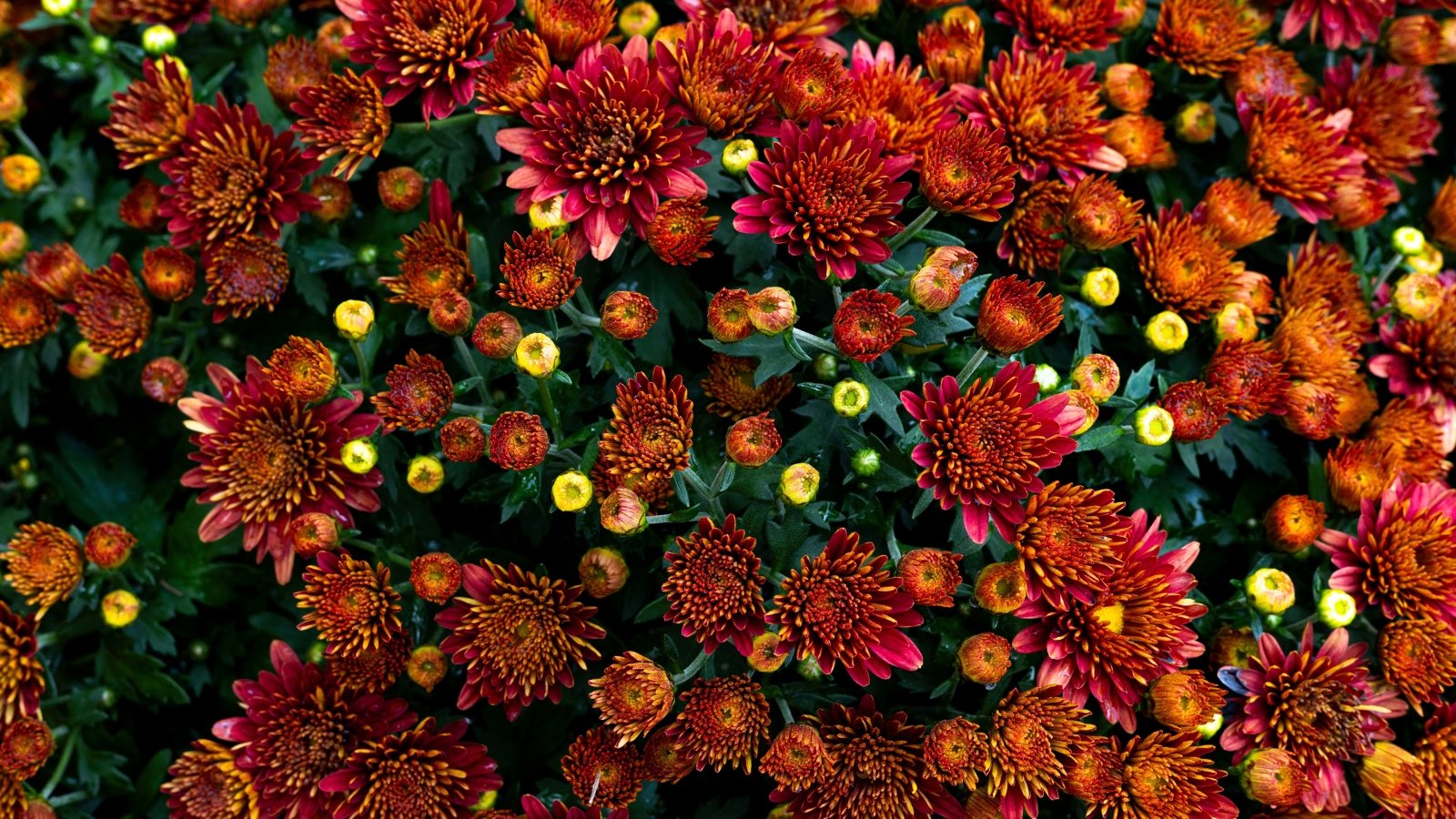

Most of us have by likelihood broken stems off delicate mums and seen their aromatic qualities, practically minty with earthy undertones. Vital oils produce a fragrance throughout the flowers, leaves, and branches. These chemical extracts of chrysanthemums are toxins that repel and administration some yard pests.
Benefits for Of us and Pets
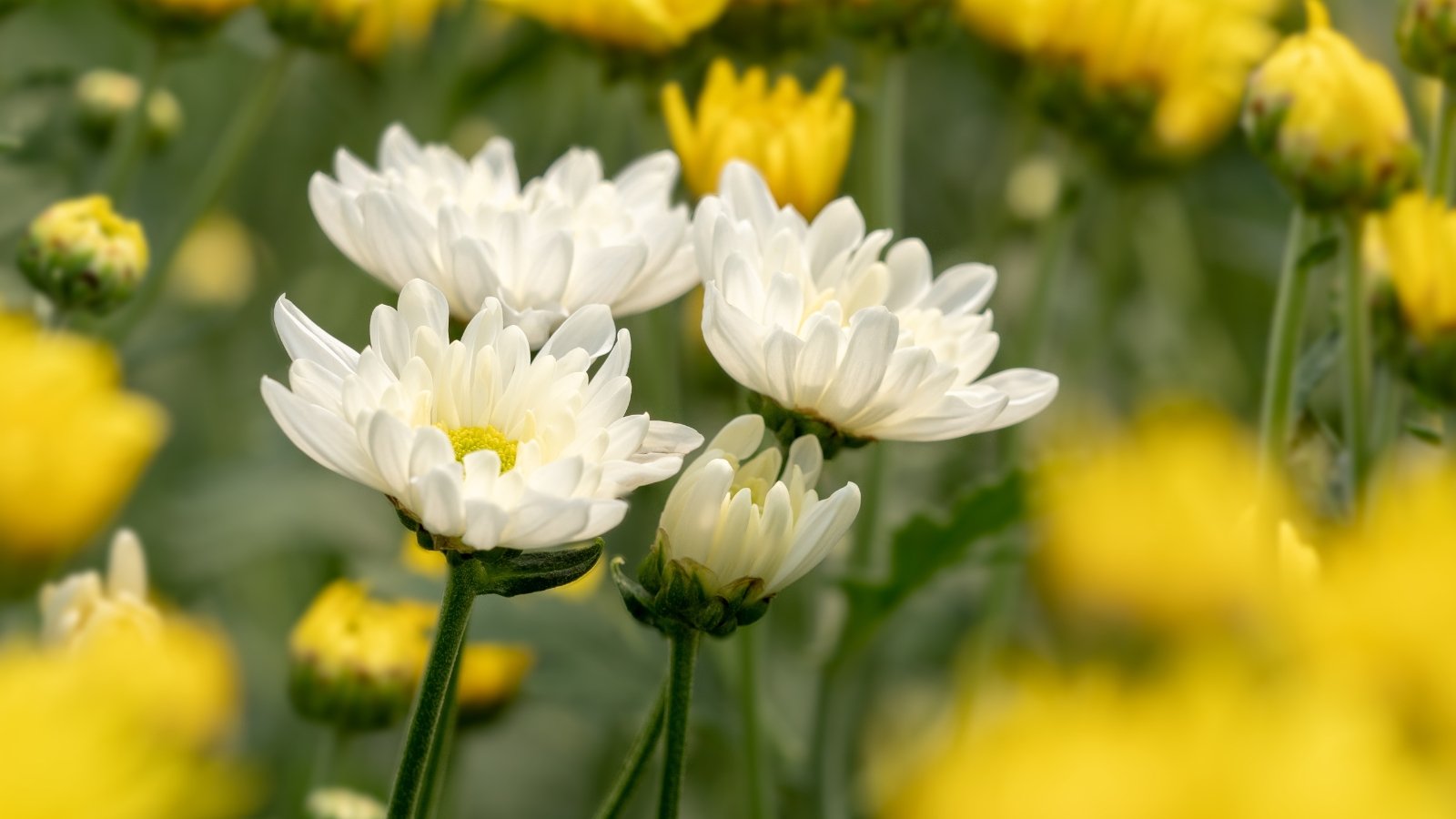

The plant oils emitted from chrysanthemums help deter mosquitoes, fleas, and ticks – a really perfect justification for together with further pots spherical porches, patios, and outdoors areas that people and pets take pleasure in. The prospect of deterring pests will improve with a bigger presence.
Mammals might uncover their scent, style, and fuzzy leaves distasteful, along with mice, who’re inclined to stay away from the realm. Rabbits and deer are uncommon friends, nonetheless mums are positively not previous their palette.
Yard Benefits
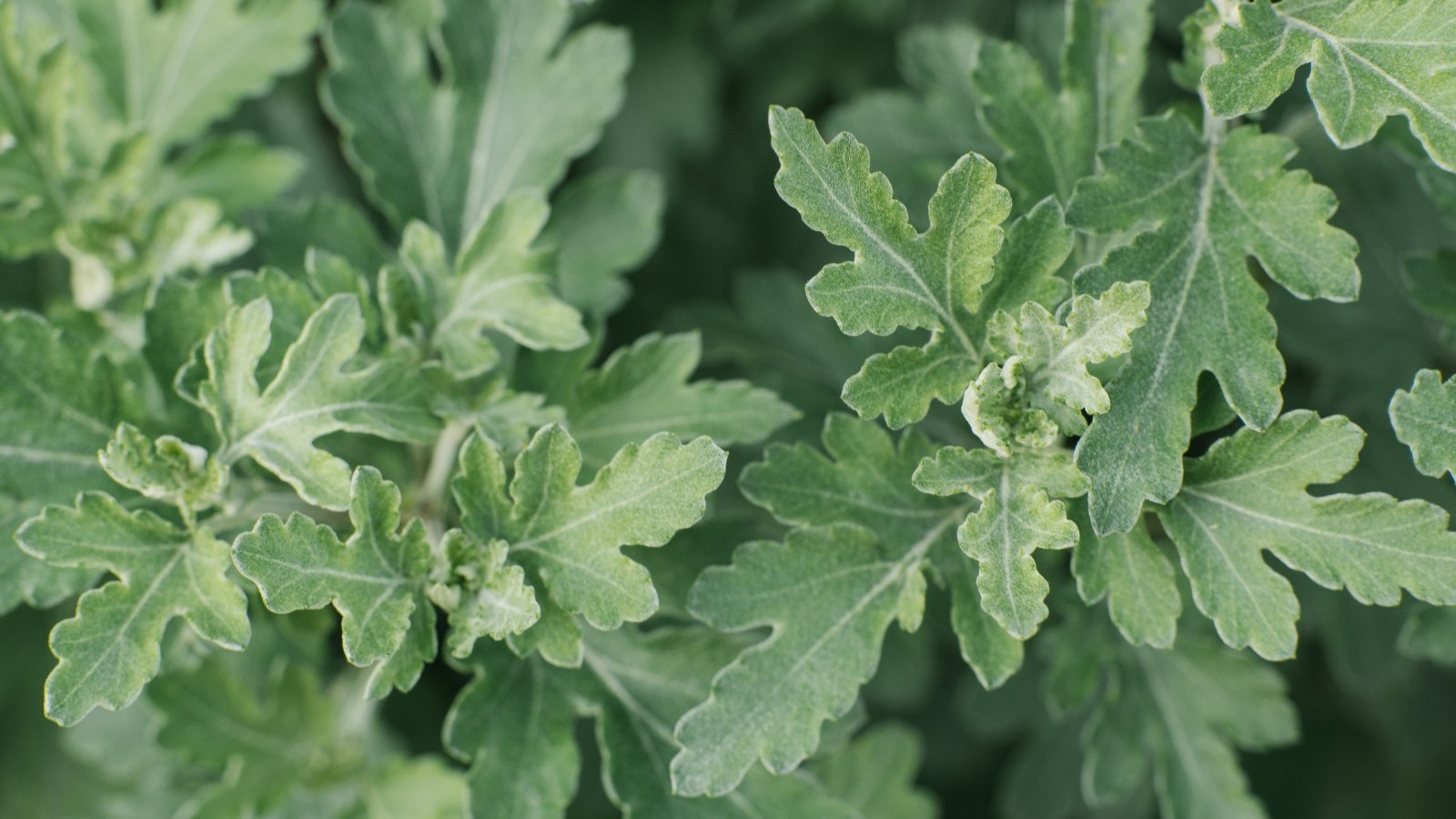

Mums have benefits that span the ornamental, herb, and vegetable beds. Their showy blooms entice helpful bugs like ladybugs, hoverflies, and lacewings, which prey on pests like aphids and spider mites. Their aromatic toxins might make the encircling house a lot much less partaking to invading pests.
Chrysanthemums don’t deter all pests; after all, they depend upon pollination. Moreover they fall prey to frequent bugs, notably with watering fluctuations or air circulation factors.
A numerous planting affiliation creates a balanced yard system. Rely on attracting these beneficials to help deal with the pesky invaders.
Companion Crops
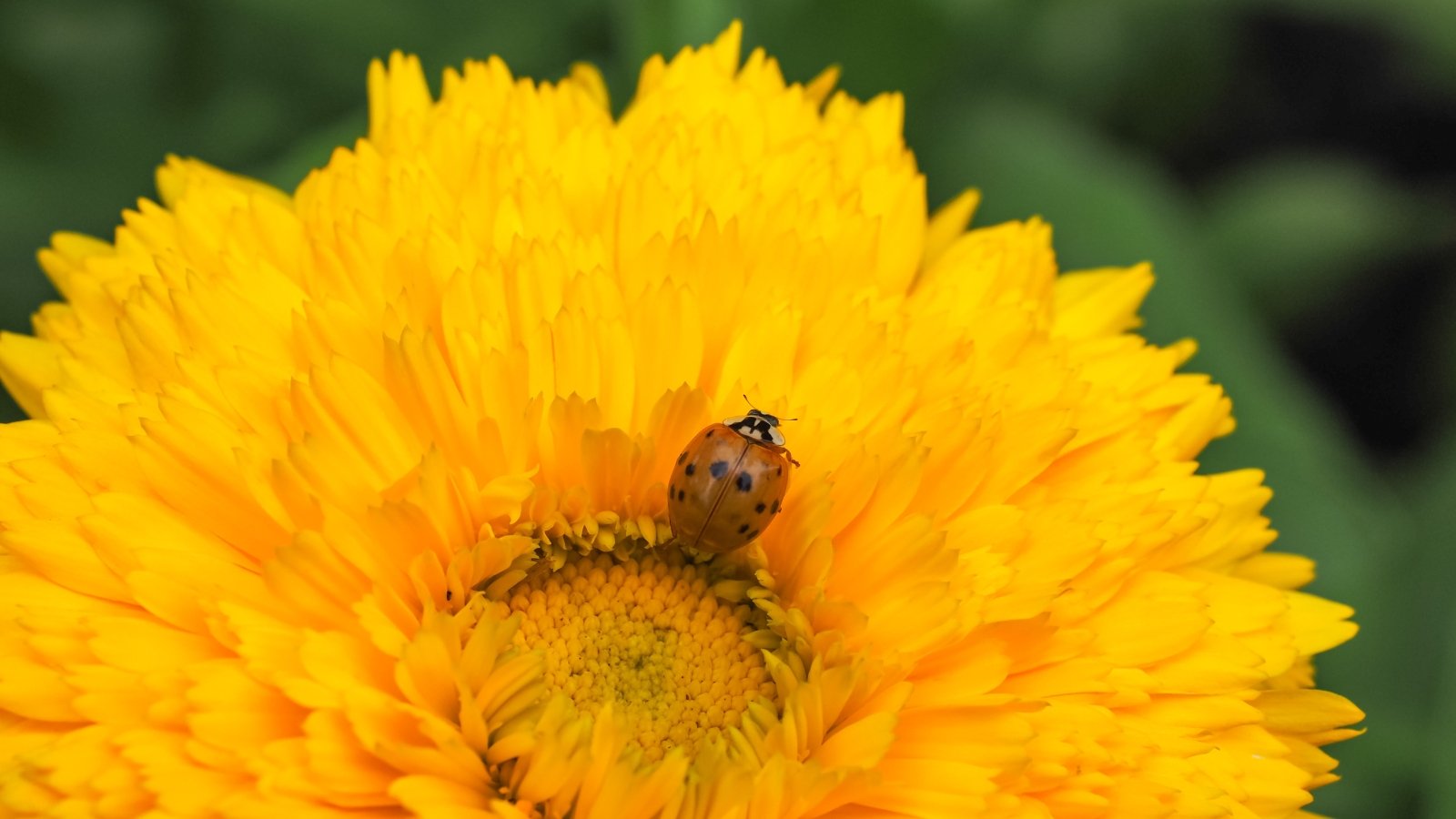

Companion plantings incorporate pairings that mutually revenue each other. Benefits embrace insect repelling, soil building enhancements, or mild and shade publicity. For chrysanthemums, companions employees as a lot as deter frequent pests whereas attracting predatory bugs.
Together with the suppliers of companion vegetation are their present qualities. Many mum companions are late-season bloomers that highlight the autumn season.
Use pure insect deterrents along with greens and herbs to help repel pests. Plant them inside 12 to 18 inches of a companion or any insect-plagued plant.
Chives
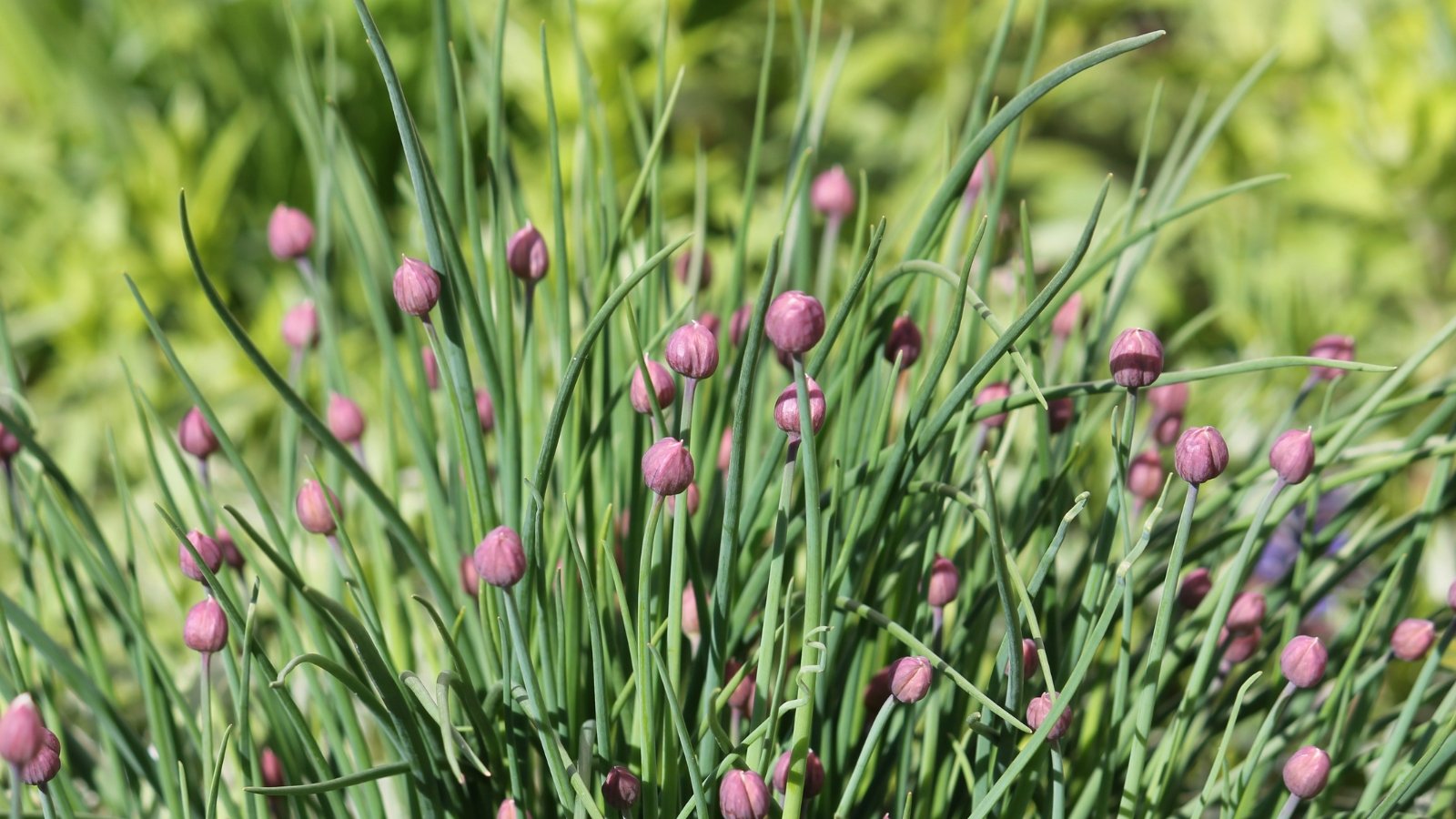

Chives have a protracted yard historic previous, cultivated as a result of the Middle Ages in Europe and for over 4,000 years in China. They serve the herb yard, ornamental borders, and containers.
Chives and completely different Alliums repel aphids with their sturdy scent and style. Planted with mums, they’ll work to discourage the nuisance whereas drawing pollinators.
Marigolds
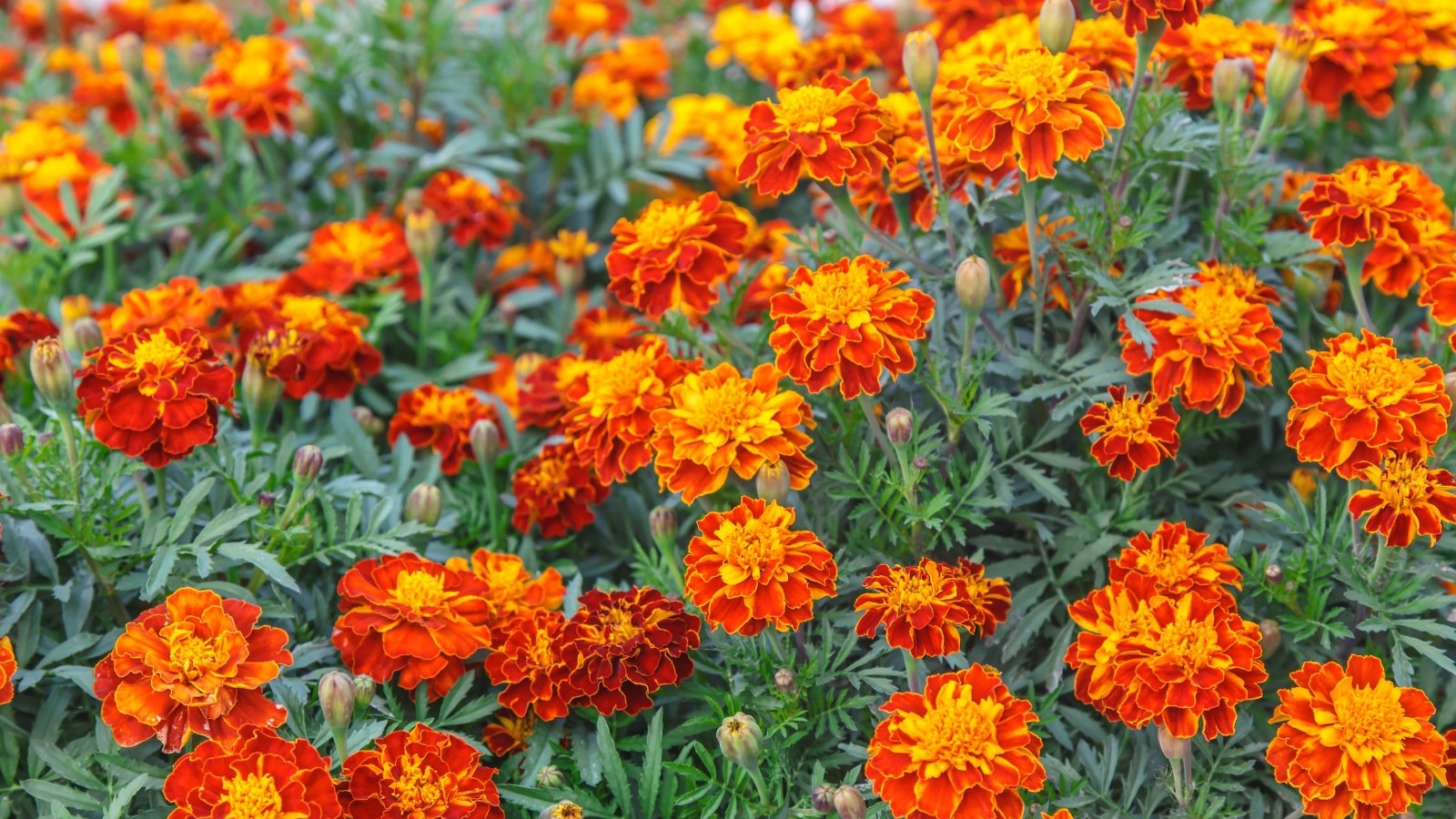

Marigolds are a signature of autumn preparations with prolific pom pom blooms in sunny yellow, gold, ivory, and garnet. Within the similar family as chrysanthemums, they attribute aromatic flowers and foliage with the similar pest repellant and administration properties.
Marigolds make superb companions to many vegetation, along with greens and fruit like tomatoes. They repel squash bugs, thrips, and whiteflies, and likewise entice beneficials. Use them with mums for a pest-deterring dynamic duo.
Echinacea
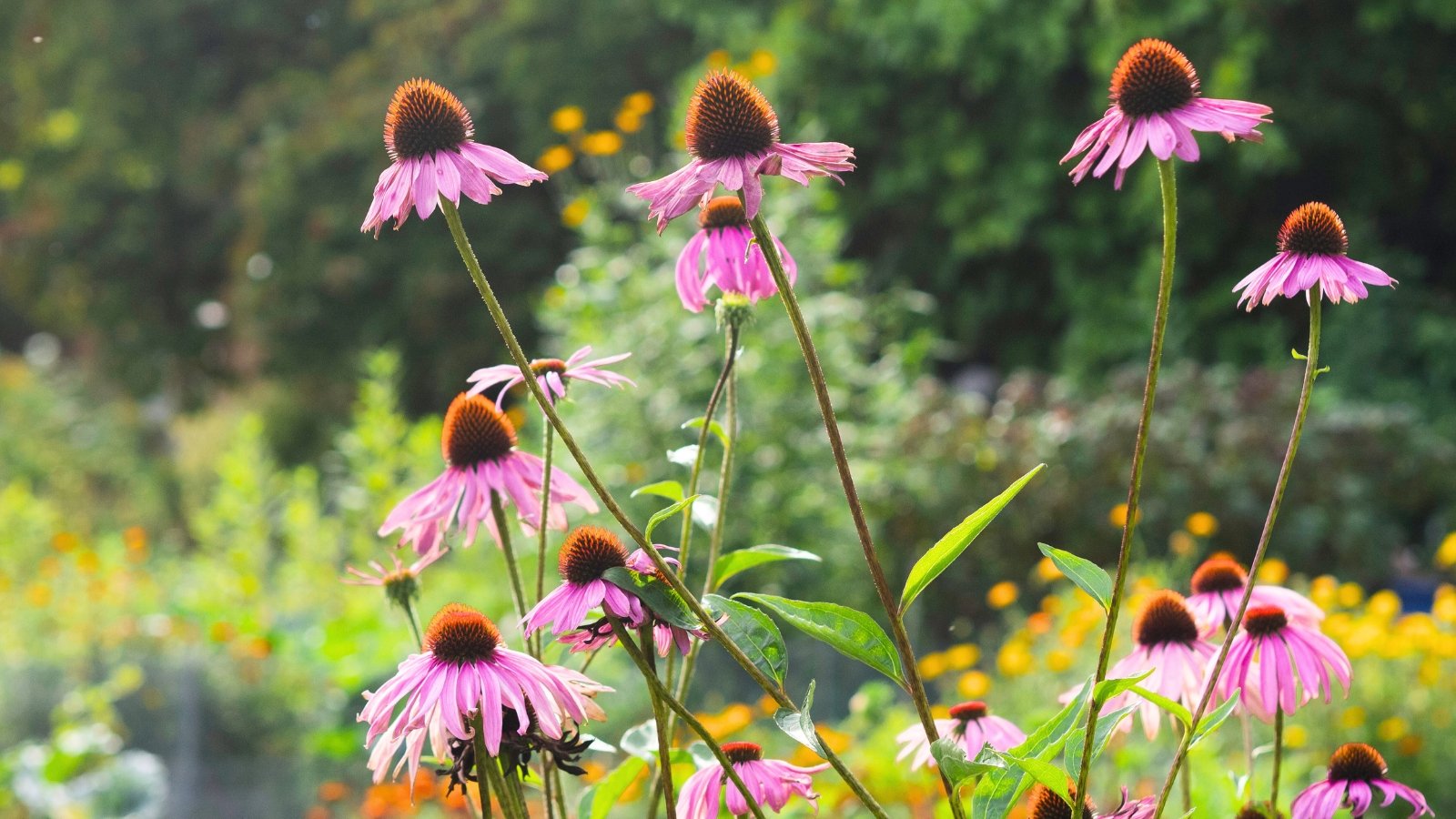

Echinacea is a favorite native and a predominant nectar provide for helpful bugs. It offers extreme coloration and a prolonged bloom season.
When paired with chrysanthemums, pollinators are the draw. They’ll bounce between the options. Coneflowers even have intensive root strategies that loosen soils and improve drainage for the mums, whose shallow roots acquired’t compete.
Yarrow
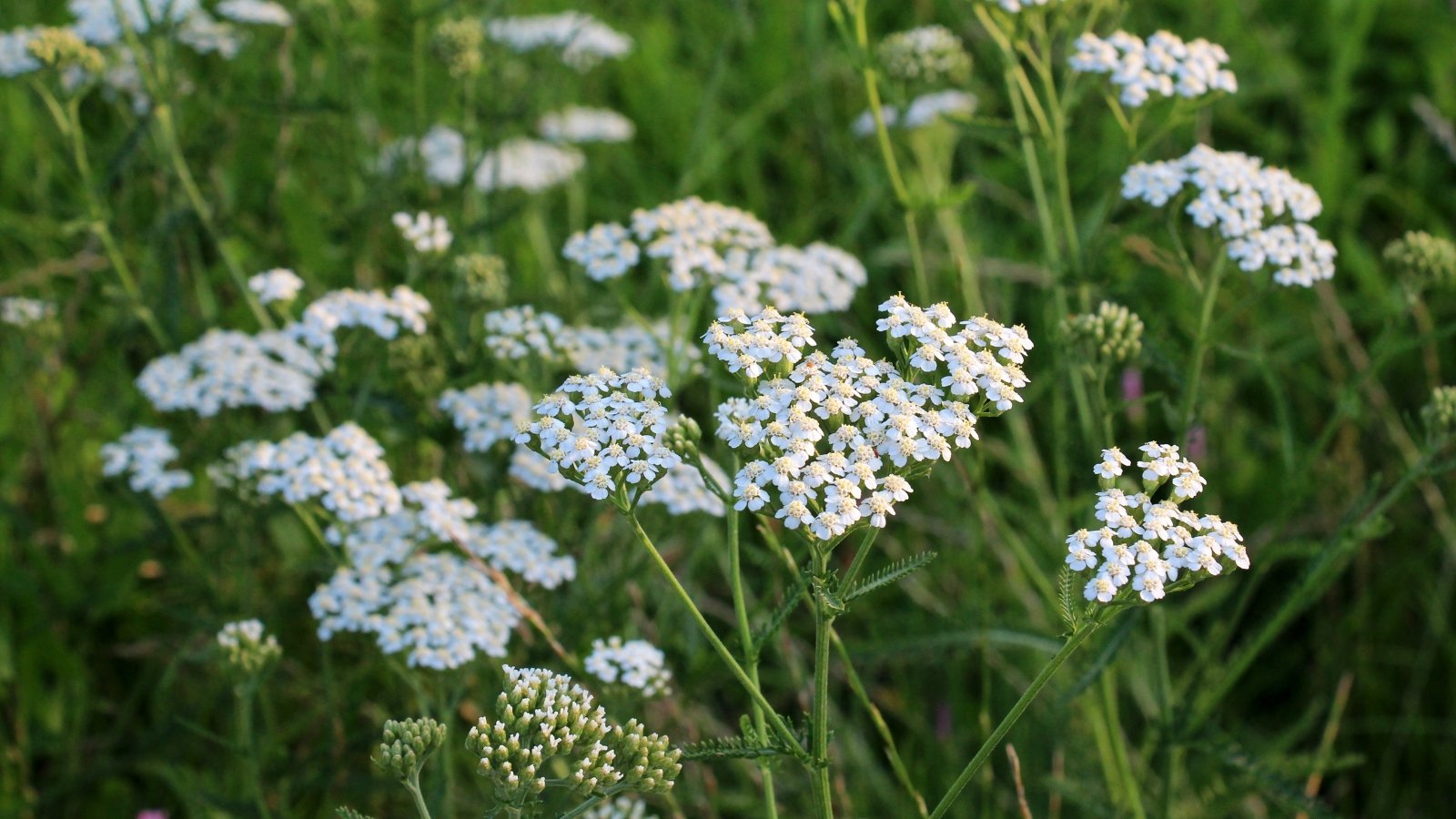

Yarrow is a tough, adaptable North American native with feathery foliage and big, flat flower clusters. Bees, butterflies, and completely different bugs uncover its floral landing pads irresistible.
Develop the duo to entice ladybugs, predatory wasps, and hoverflies. These feed on aphids and spider mites, two widespread pests that afflict mums.
Insecticidal Properties
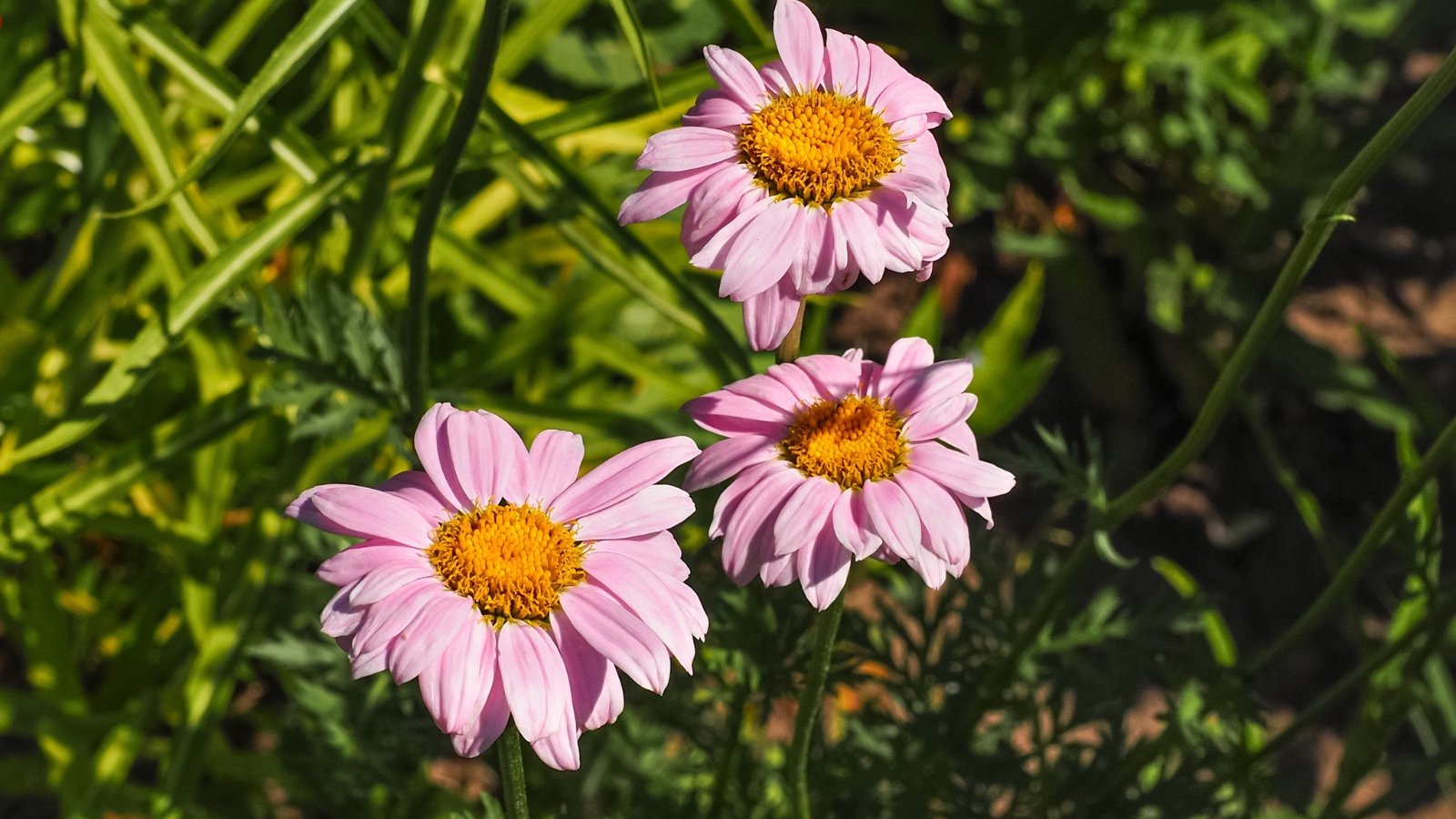

Concentrating and distilling their chemical toxins is chrysanthemums’ highest stage of pest administration. Pyrethrins, a centuries-old, pure pesticide, derive from mum flowers.
Notably, dalmatian (Tanacetum cinerariifolium) and painted daisies (Tanacetum coccineum) embrace insecticidal properties inside the kind of six toxins. By grinding flowerheads proper into an exquisite powder, their chemical make-up turns into attainable to dilute and apply to vegetation. Pyrethrum impacts bugs’ nervous strategies on contact or by the use of ingestion.
Industrial pyrethrins can be found as pure, OMRI-certified pesticides. These differ from pyrethroids, which are synthetic, stronger variations of the mum-derived compounds.
Whereas pure, pyrethrins are broad spectrum and impression helpful bugs as they do aim pests. They kill practically any insect. When treating infestations, observe software program pointers and apply early throughout the morning when pollinators are a lot much less vigorous. Stay away from spraying flowers and buds to chop again the chances of pollinator contact.
Chrysanthemum can work to manage these aim pests:
- Aphids
- Leafminers
- Flea beetles
- Spider mites
- Whiteflies
- Squash bugs
- Cutworms
- Thrips
- Ants
Pyrethrum mixed with isopropyl alcohol is a attainable treatment in opposition to Japanese, cucumber, and rose chafer beetles. Use one tablespoon of alcohol per pint of diluted pyrethrum mixture. Apply it every three to five days for two weeks by means of the vigorous interval on vegetation having factors with these pests.
At-Home Use
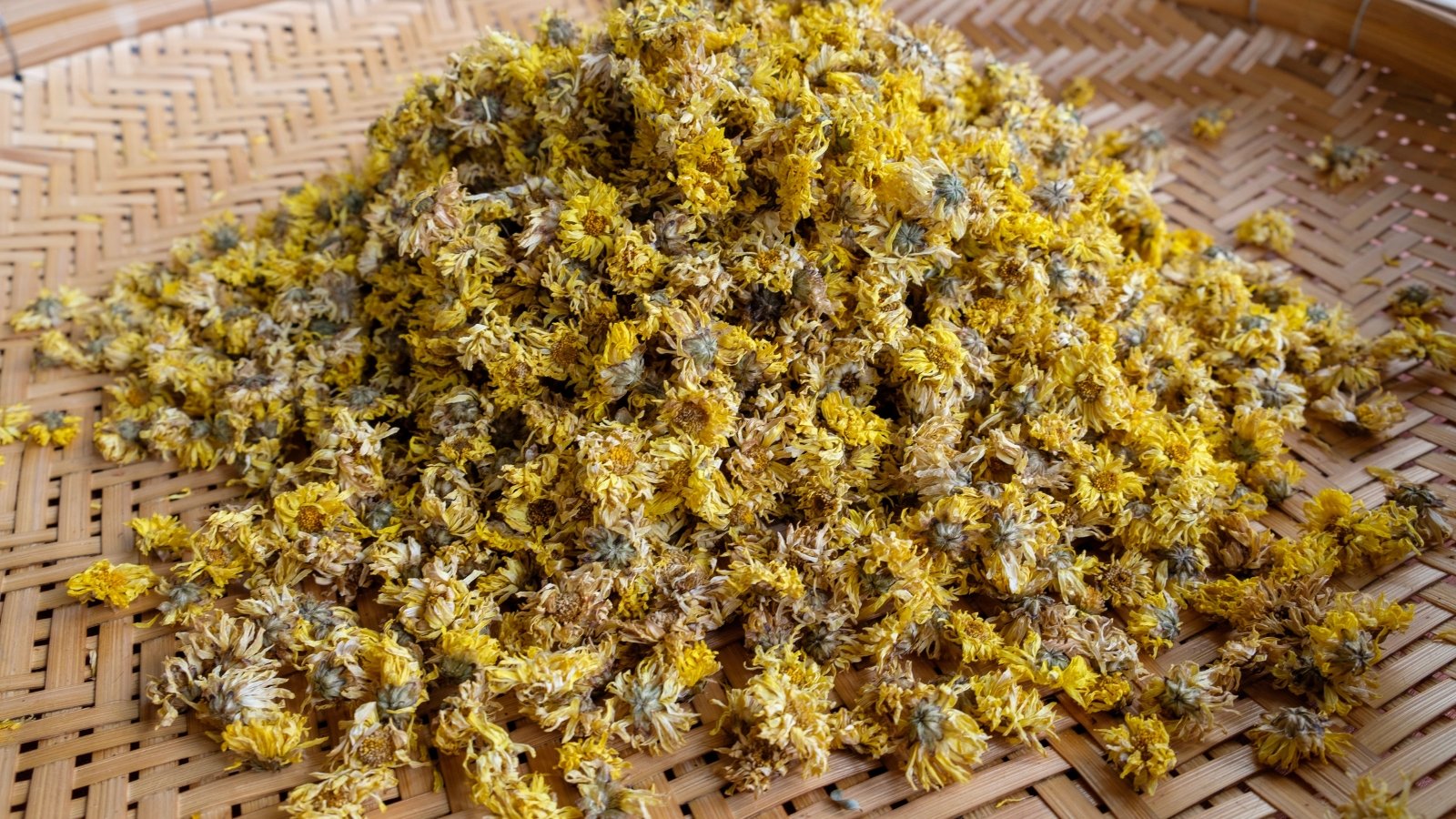

Making use of a industrial pyrethrin product may very well be the reply when confronted with a pest outbreak or excessive infestation. Save pesticide use as a remaining resort. Nonetheless, pyrethrin derived from dried flowers with out further compounds is licensed pure for use on ornamentals, fruits, and greens.
Some gardeners make their very personal insecticide by grinding chrysanthemum flowers proper right into a powder or steeping them in water for a twig. T. cinerariifolium and T. coccineum are the best. Whenever you select to make your particular person pesticide, placed on a masks and gloves to attenuate publicity whereas coping with the pure components.
[ad_2]
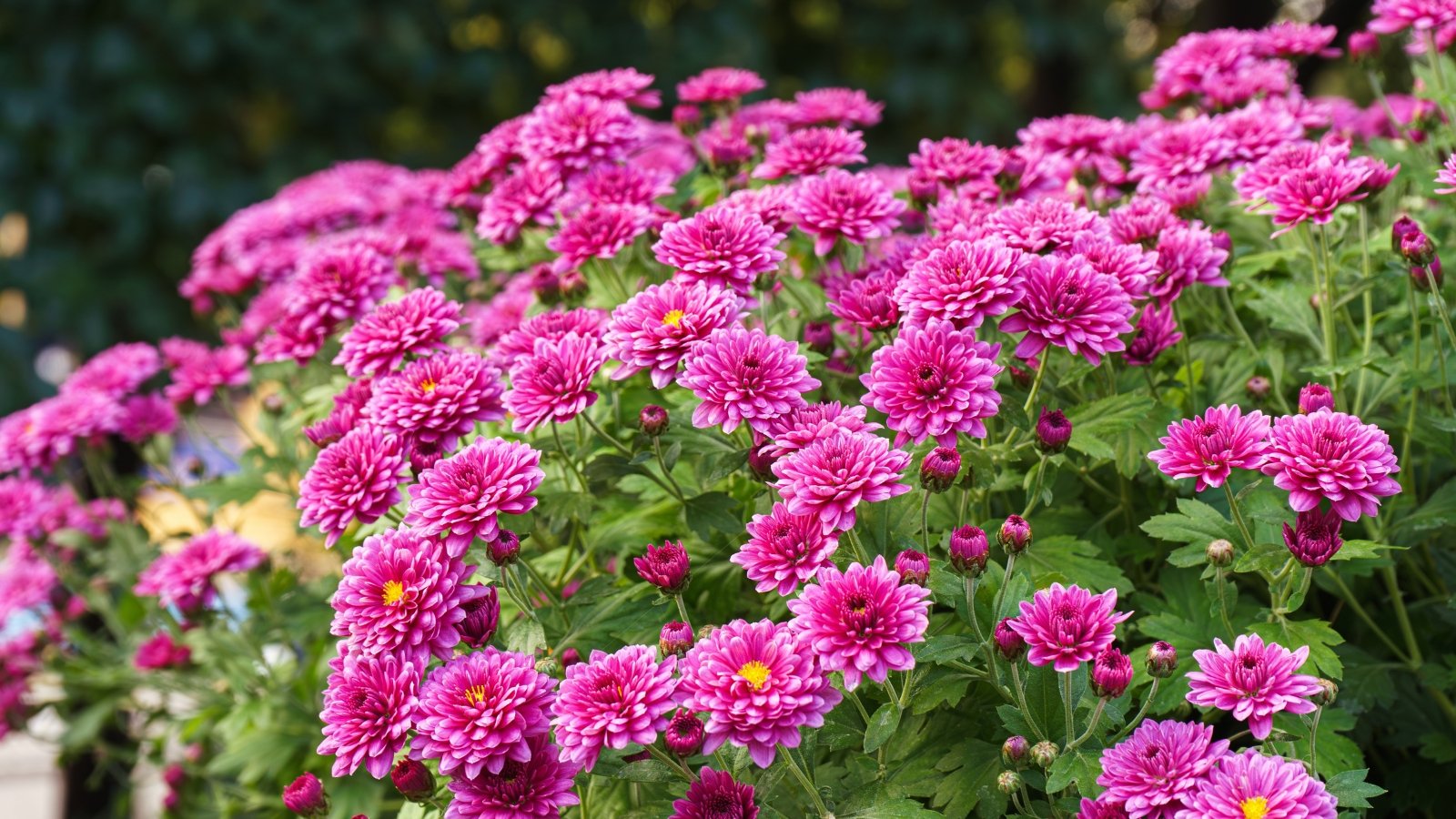
I found the section on insecticidal properties particularly useful. Understanding how to use chrysanthemums for homemade pest control can empower gardeners looking for organic solutions while maintaining healthy plants in their gardens.
This piece provides valuable insights into the properties of chrysanthemums. The historical context adds depth, and the tips on using them for pest management could be helpful for both novice and experienced gardeners alike.
I appreciate the information about companion planting with chrysanthemums. It’s enlightening to learn how certain plants can work together to enhance each other’s growth and deter pests, making gardening more efficient.
The article offers a detailed overview of chrysanthemums, highlighting their historical significance and practical uses in gardening. It’s interesting to see how these flowers not only beautify gardens but also provide pest control benefits.
Chrysanthemums seem like a versatile addition to any garden. The article effectively explains their ornamental value along with their natural pest repellant qualities, which are beneficial for both plants and outdoor living spaces.